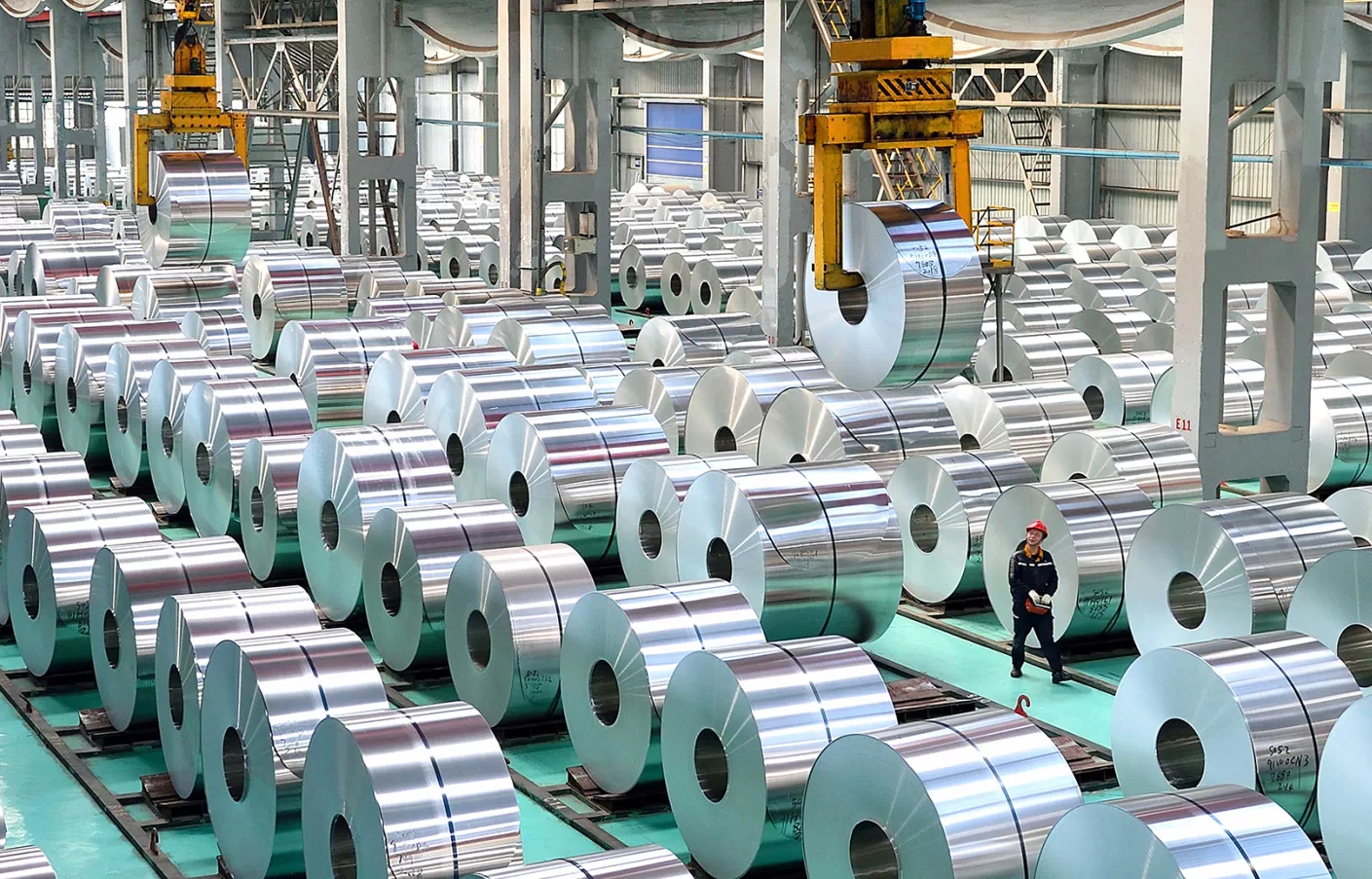Production process of aluminum products
铝产品生产过程

Course Syllabus 课程章节
1Step 1: Selection of raw materials Industrial aluminum profiles are a kind of industrial frame profiles obtained by heating aluminum bars and extruding them with molds, while aluminum bars are made by melting and casting aluminum ingots, which are called raw materials of industrial aluminum profiles; The raw materials will directly affect the performance of industrial aluminum profiles. Step 2: Heat the aluminum bar The temperature control shall be ensured during the heating treatment of aluminum bar. If the temperature is too high or too low, the hardness of the finished product will be directly affected, so the temperature must be strictly controlled during the heating and cooling process; Step 3: Mold design Industrial aluminum profile is the final product of aluminum bar extruded by die after heating, and the die is an appliance with high-precision specifications designed according to requirements, which is used to extrude profile products of required specifications and sections; Step 4: Industrial aluminum profile extrusion For extrusion production, extrusion temperature is the basic and key technological factor. The extrusion speed must be carefully controlled during extrusion. Step 5: Straightening and correction of industrial aluminum profiles The straightness of aluminum profiles affects whether aluminum profiles can be used on mechanical equipment, so the straightness of aluminum profiles up to standard is one of the important standards for the quality of aluminum profiles. Generally, the extruded profiles need to be straightened for straightness. Step 6: Manual aging The aluminum profiles produced by extrusion have low hardness before aging and cannot be used as finished products. Therefore, generally speaking, aging must be carried out to improve the strength. Step 7: Sand blasting After extrusion, the surface of industrial aluminum profiles will have obvious stretch lines, and the surface micropores are large and relatively rough, so they must be sandblasted, Step 8: Surface oxidation treatment The surface of general aluminum profiles is treated with anodized silver white, which is elegant, beautiful and corrosion resistant. Generally, after this step is completed, the finished aluminum profiles will come out after cooling.
步骤一:原材料的选材
工业铝型材是通过铝棒进行加热经过模具挤压成型而得到的一种工业框架型材,而铝棒则是通过铝锭经过熔铸而成,称之为工业铝型材原材料;而原材料将直接影响工业铝型材产品性能。
步骤二:铝棒加热
铝棒的加热处理要保证温度的控制,如果温度过高或者温度过低都会直接影响后成品的硬度,所以在加热和冷却过程中都必须严格控制温度;
步骤三:模具设计
工业铝型材是铝棒经过加温通过模具挤压成型的终产品,而模具则是根据需求所设计的具有高精度规格的器具,用来挤压所需规格和截面的型材产品;
步骤四:工业铝型材挤压
对挤压生产来说,挤压温度是基本的且关键的工艺因素。挤压过程中必须认真控制挤压速度。
步骤五:工业铝型材拉直校正
铝型材的直线度影响铝型材是否能用在机械设备上面,所以铝型材直线度达标,是铝型材好坏的重要标准之一。一般挤压好的型材就需要进行直线度的校直。
步骤六:人工时效
挤压生产出来的铝型材,未经时效前硬度偏低,不能作为成品使用,因此,一般来说,都必须经过时效来提高强度。
步骤七:喷砂
工业铝型材在挤压成型之后,表面会有明显的拉伸纹,且表面微孔较大,相对较粗糙,必须要经过喷砂处理,
步骤八:表面氧化处理
一般铝型材表面采用阳极氧化银白处理,高雅美观并抗腐蚀。一般做到这一步,经过冷却,铝型材成品就出来了。





